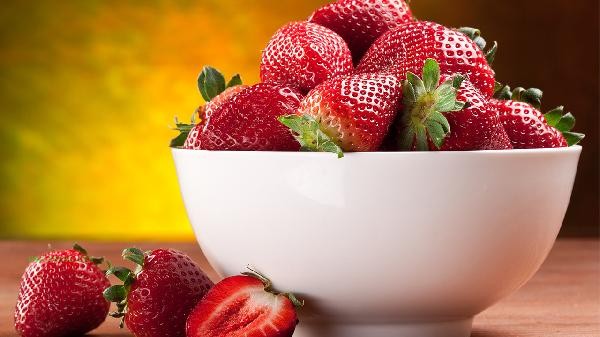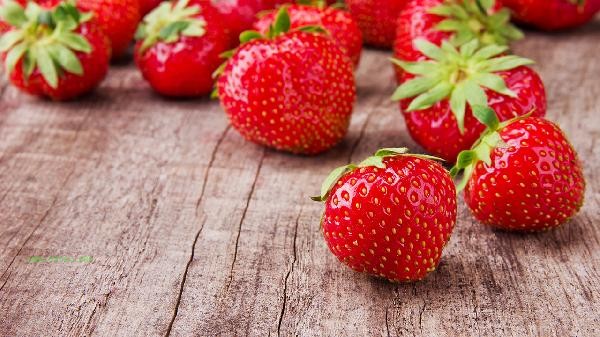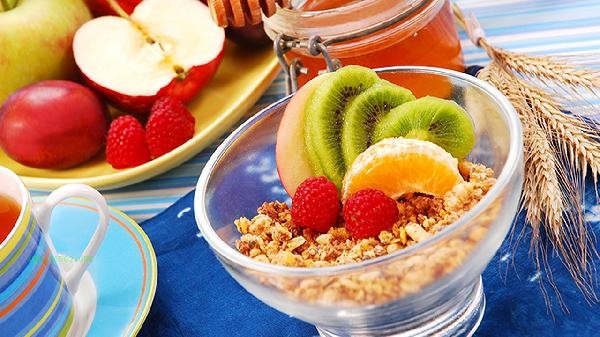The removal of pesticide residues on the surface of strawberries can be achieved through methods such as rinsing with running water, soaking in baking soda, washing with rice water, soaking in salt water, and treatment with fruit and vegetable cleaning agents. Strawberry skin is prone to absorbing pesticides, it is recommended to wash thoroughly before consumption to reduce health risks.

1. Rinse with flowing water
Put strawberries under flowing water and rinse for more than 30 seconds. The impact of the water flow can take away some water-soluble pesticides. When rinsing, gently rub the surface depressions with your fingers, ensuring that the strawberry stem is facing upwards to prevent pesticides from seeping into the flesh. This method is suitable for the preliminary treatment of organophosphorus pesticides.
2. Soak strawberries in baking soda
Add 5 grams of edible baking soda per liter of water and soak strawberries for 8-10 minutes. Alkaline environment can decompose carbamate pesticides, which need to be rinsed with running water after soaking. This method has a good removal effect on fat soluble pesticides, but prolonged soaking time may affect the taste.
3. Wash with rice washing water
Soak strawberries in rice washing water for 5 minutes for the second time, and the starch particles in the rice bran have adsorption properties. The rice washing water is weakly acidic and suitable for treating pyrethroid pesticides. This method requires subsequent rinsing with clean water to avoid starch residue.

4. Salt water immersion
Soaking in salt water with a concentration of 3% for 15 minutes can cause some pesticides to precipitate, and the permeation effect of sodium chloride is effective for organochlorine pesticides. Attention should be paid to the high concentration of salt water, which can cause dehydration of strawberry cells. After soaking, it should be thoroughly washed to avoid residual sodium ions.
5. Fruit and vegetable cleaner
Select a specialized cleaning agent formulated with food grade surfactants, dilute according to the instructions, and soak for 3 minutes. Its emulsification can decompose a variety of pesticides. After use, it must be washed with plenty of water until there is no foam. Sensitive individuals are advised to test for allergic reactions.

Strawberries should be consumed as soon as possible after washing to avoid repeated rinsing and nutrient loss. Prioritize purchasing strawberries with green certification, as pesticide residues in greenhouse cultivation are usually lower than those in outdoor cultivation. Sensitive populations such as children and pregnant women can peel strawberries before consumption, although it may lose some of the skin's nutrients, it can significantly reduce the risk of pesticide ingestion. Keep it dry and ventilated during storage, as a humid environment can accelerate pesticide infiltration. If strawberries are found to have a chemical odor or abnormal color, it is recommended to dispose of them directly.








Comments (0)
Leave a Comment
No comments yet
Be the first to share your thoughts!